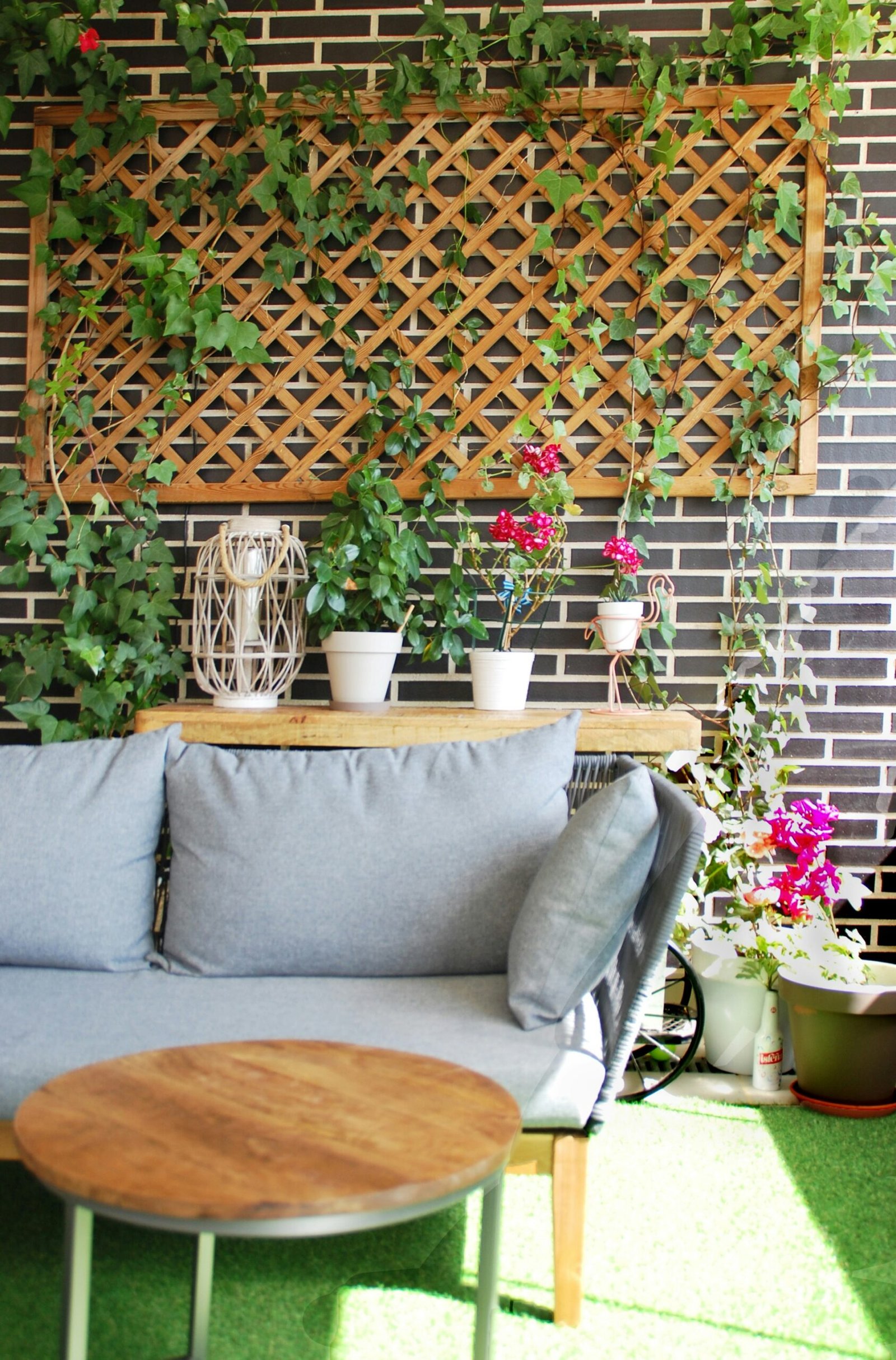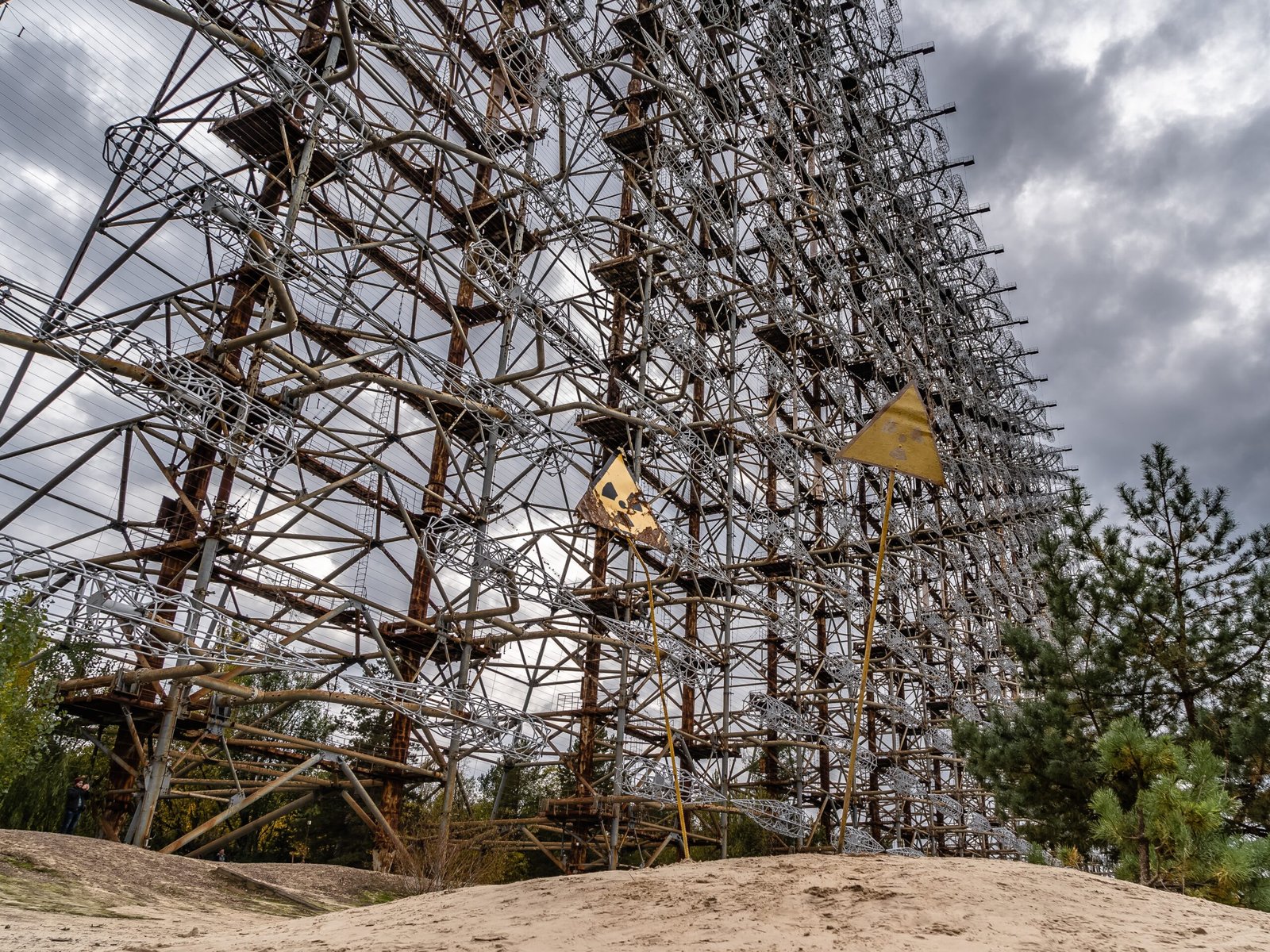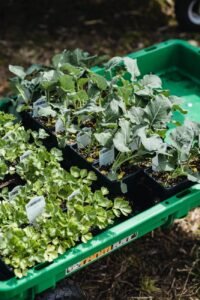Creating a wildlife-friendly garden is not only beneficial for the environment, but it also provides a beautiful and tranquil space for you to enjoy. By inviting nature into your garden, you can support local wildlife populations, promote biodiversity, and create a sustainable ecosystem. In this blog post, we will explore some simple yet effective ways to transform your garden into a haven for wildlife.
1. Choose Native Plants
One of the best ways to attract wildlife to your garden is by planting native plants. Native plants are adapted to the local climate and soil conditions, making them more resilient and attractive to local wildlife. They provide food, shelter, and nesting sites for birds, butterflies, bees, and other beneficial insects. Research which native plants are suitable for your region and incorporate them into your garden.
2. Create a Variety of Habitats
Wildlife requires diverse habitats to thrive. By incorporating different elements into your garden, you can attract a wider range of species. Consider adding a water feature such as a pond or birdbath to provide drinking and bathing opportunities for birds and other small animals. Install birdhouses, bat boxes, and insect hotels to provide nesting sites. Plant a mix of trees, shrubs, and flowers to create a layered habitat that caters to different species.
3. Provide Food Sources
Offering a variety of food sources will entice wildlife to visit your garden. Plant flowers that produce nectar, such as lavender, coneflowers, and bee balm, to attract butterflies and bees. Include plants that produce berries or seeds to provide food for birds and small mammals. Consider leaving a section of your garden untidy, with fallen leaves and logs, as this can attract insects and provide a food source for birds and hedgehogs.
4. Avoid Chemicals
Chemical pesticides and herbicides can be harmful to wildlife. Instead of using these chemicals, embrace natural alternatives. Encourage beneficial insects such as ladybugs and lacewings, which are natural predators of garden pests, by planting flowers they are attracted to. Use organic fertilizers and compost to nourish your plants, and practice manual weed control methods instead of relying on herbicides.
5. Create Sheltered Areas
Wildlife needs sheltered areas to hide from predators and seek refuge during extreme weather conditions. Incorporate dense shrubs, tall grasses, and evergreen trees to provide cover for birds and small mammals. Build a rock pile or a log pile to create hiding spots for reptiles and amphibians. Consider leaving a portion of your garden undisturbed, allowing natural vegetation to grow and provide additional shelter.
6. Reduce Light Pollution
Excessive artificial lighting can disrupt the natural behavior of nocturnal wildlife. Minimize light pollution by using motion sensor lights or low-intensity bulbs. Direct lights downward to reduce their impact on the surrounding environment. By reducing light pollution, you can create a more favorable environment for nocturnal animals such as bats and owls.
7. Provide Water Sources
Water is essential for wildlife, so make sure to provide a water source in your garden. A shallow dish or birdbath filled with fresh water can attract birds, butterflies, and other creatures. If space permits, consider installing a small pond with aquatic plants to provide a more extensive water habitat. Be sure to clean and refill water sources regularly to prevent the spread of diseases.
By following these tips, you can transform your garden into a wildlife-friendly oasis. Not only will you be providing vital resources for local wildlife, but you will also create a space where you can observe and connect with nature. Enjoy the beauty and benefits of a wildlife-friendly garden!















